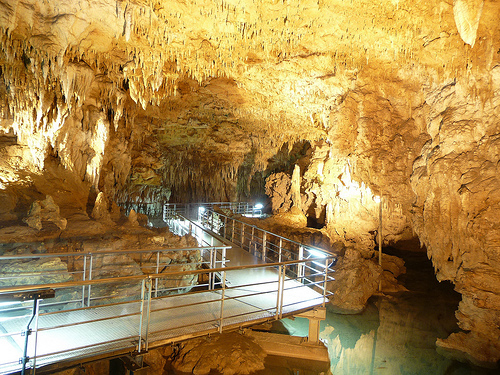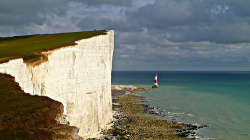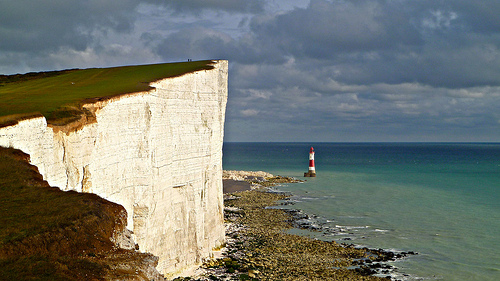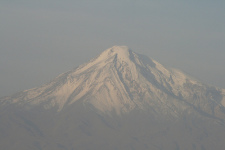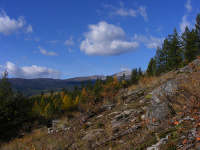
Welcome to the not so Scottish, Selkirk Mountains.
- Selkirk Mountains is a range of mountains located in Canada’s British Columbia and the United State’s Idaho and Washington states, and it is made primarily of granite rock and forms part of the Columbia Mountains group.
- Selkirk Mountains cover a distance of 525 kilometres (326 miles) and are 175 kilometres (109 miles) in width.
- The Selkirk Mountains are named after the 5th Earl of Selkirk, Thomas Douglas, a Scottish nobleman, who purchased land in Canada and helped to colonise some areas with poor Scottish farmers.
- The peak of Mount Sir Sandford is the highest point of Selkirk Mountains, at 3,519 metres (11,545 feet) above sea level.
- A number of valuable metals or stone deposits have been found in some areas of the Selkirk Mountains, including coal, copper, mercury, zinc, silver, marble and gold, while the latter was discovered in the mid 1800s.
Part of Selkirk Mountains
Image courtesy of Jesse Taylor/Flickr
- A major obstacle of the building of the Canadian Pacific Railway was the Selkirk Mountains; and a pass through the mountains was discovered by American surveyor, Albert Rogers in 1881, and as a result the pass was named ‘Rogers Pass’.
- Selkirk Mountains is the home to much wildlife, including woodland caribou, deer, bears, eagles, herons, wolves, moose, foxes and bobcats, while vegetation and trees such as conifers and cedars are prominent.
- Selkirk Mountains are predominately cared for and managed by the Idaho Panhandle National Forest agency.
- Selkirk Mountains have been previously inhabited by native American Indians of the tribe, the Lower Kootenai.
- Selkirk Mountains are the home to many sights including 76 lakes, such as the very clear Priest Lake, and numerous mountain peaks, including 30 that are over 2133 metres (7,000 feet) high.
Bibliography:
Selkirk Mountains, 2014, The Free Dictionary, http://www.thefreedictionary.com/Selkirk+Mountains
Selkirk Mountains, 2014, Wikipedia, http://en.wikipedia.org/wiki/Selkirk_Mountains
Selkirk Range, 2013, SummitPost.org, http://www.summitpost.org/selkirk-range/171132






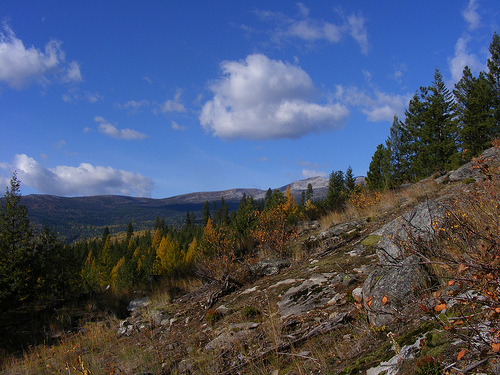
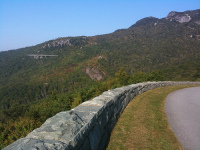
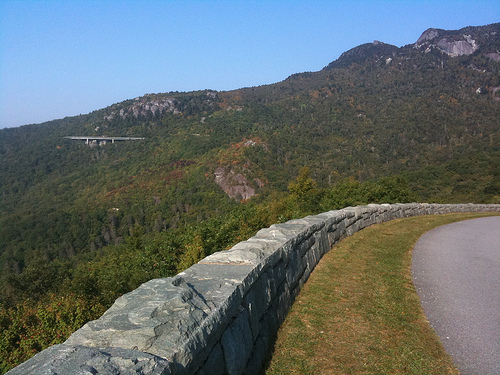




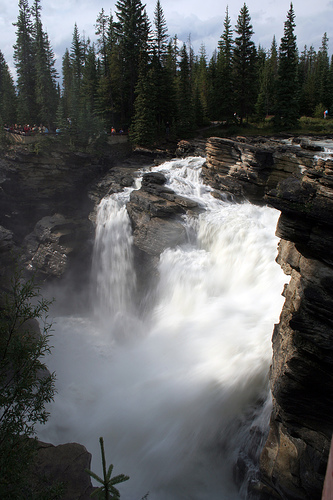 Athabasca Falls
Athabasca Falls
